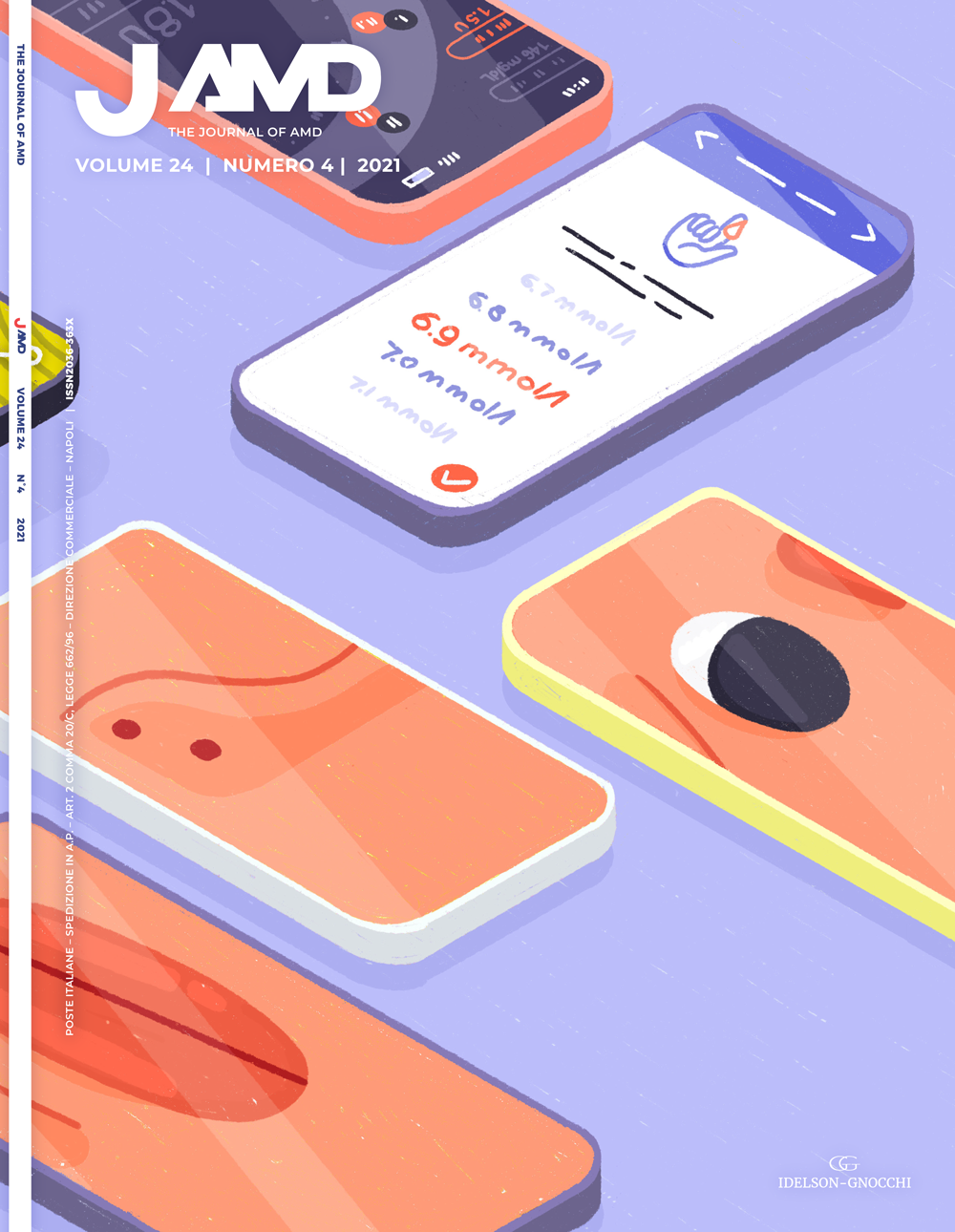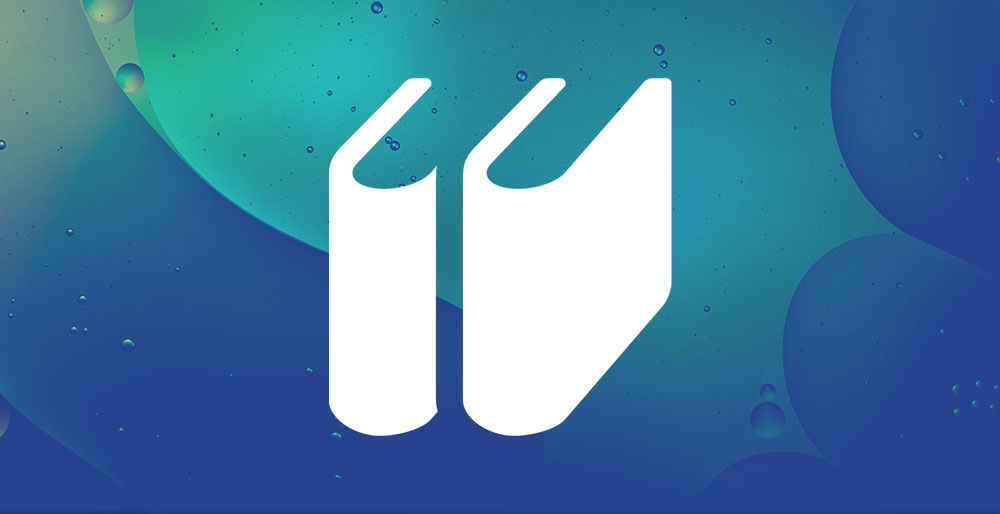Editorial
The importance of being social
JAMD 2021;24(4):252-254
Inaugural address from the President
JAMD 2021;24(4):255-256
Original articles
Regional disparities in access to new drugs for diabetes with territorial distribution
JAMD 2021;24(4):257-263
OBJECTIVE Purpose of this survey is to describe the regional procedures for accessing new drugs, with a specific focus on treatments for diabetes, and therefore for drugs with territorial distribution reimbursed by the National Health System.
METHODS The information was derived from the official documents of the individual regions and, where such documents were not available, from a survey conducted among professionals (clinical and pharmaceutical sectors). The aspects investigated concerned: who is in charge of submitting the request to the regional commission / purchasing center, existence of a regional therapeutic formulary (PTR), existence of a PTR commission, presence of a diabetologist in the commission, drug distribution channel (direct, indirect, retail), the need to insert the product on a website for the prescription.
RESULTS There are marked regional differences in access to new drugs with territorial distribution, and the regional procedures have different levels of complexity, requiring a time ranging from one month to over a year. A PTR is present in 10 Regions and in the process of deliberation in a further Region. The inclusion in the PTR is binding for access to the drug in 7 Regions. The activation times for distribution through local pharmacies, in the absence of which access to the drug can be difficult for citizens living at a distance from the distribution center, are extremely variable, ranging from 1-2 months to over 12 months. Finally, in 7 Regions the product must be placed on a website to allow it to be prescribed. The time for insertion varies from a few days up to 3 months.
CONCLUSIONS There is a clear need to overcome the disparities highlighted through a homogenization of the regional procedures for accessing new drugs. This can be done by using as a reference model those Regions that have adopted more streamlined procedures and distribution methods that can meet the needs of patients.
KEYWORDS accessibility; new drugs; regional disparities; diabetes mellitus.
Digital health: the new necessary skills. Medical-patient communication through technological tools
JAMD 2021;24(4):264-267
Telemedicine appears on the scene of diabetology at the beginning of the ’80s with use limited to metabolism data transmission between doctor and patient; over time the areas of application in the treatment of diabetes have multiplied and the current projects are aimed at therapeutic and relational management. All health professionals must now understand that exercising the health profession means not only treating people, but also taking care of their data and that the two things are no longer divisible Another delicate and central problem, which arises telemedicine, is not to reduce the patient’s medical relationship to a cold interlocution through a video or an impersonal message, but instead build a network of services around the patient, a network made up of services that are not only able to assist him in his illness, but also to ensure a good quality of life, which is often compromised from a complex pathology such as diabetes.
KEYWORDS telemedicine; good relationship; good quality of life; remote setting, clinical interview.
Reviews
Smartphones and apps in personal care with diabetes: a narrative review of the literature
JAMD 2021;24(4):268-280
AIM Smartphones represent a powerful tool, and a growing number of new platforms have been developed to provide tailored health care in both Type 1 and 2 diabetes. This review aims to evaluate the effects of using smartphones as a health education tool and to assess if they are associated with the improvement of clinical and laboratory parameters such as blood glucose, HbA1c and body weight.
MATERIAL AND METHODS A literature research was performed using CINAHL and PUBMED as search engines. 17 randomized controlled trials with a total of 4.125 participants were selected and analyzed.
RESULTS Results show the reduction in HbA1c levels in subjects using technology for diabetes care. Among the 17 studies analyzed, 14 suggest the effectiveness of technology supports to improve blood glucose management in patients with type 1 and type 2 diabetes mellitus. The remaining 3 studies show conflicting results, where no significant difference in HbA1c concentration was found.
CONCLUSION The use of new technologies improves the management of diabetes and is an excellent tool to obtain the improvement of patient education on therapy and the management and prevention of diabetes-related complications.
KEYWORDS diabetes mellitus; smartphones; apps; technologies.
Punto di vista
Smartphones and apps in personal care with diabetes: a narrative review of the literature. A commentary
JAMD 2021;24(4):281-282
Networks of people (not of tools): digital and AMD’s new communication
JAMD 2021;24(4):283-284
July 26, 2021 - January 26, 2022. The perfect storm
JAMD 2021;24(4):285-287
Surveys
A survey to photograph Italy’s young diabetology
JAMD 2021;24(4):288-294
The AMD Youth National Group conducted a survey in January 2020 addressed to young diabetologists under 45 years, in order to obtain a snapshot of the next generation of diabetes specialist.
The survey, which started on January 15, 2020 via email (Google Forms), included 23 questions, divided into sections: personal data collection, gender/training, work context (type of contract, workplace, main activity), critical issues/needs, relations with medical-scientific societies, use of social channels, degree of motivation.
Among the 259 young diabetologists who participated in the survey (age: 55% 30-40, 27% 40-45, 8% <30) there was a significant difference in gender with a prevalence of women (64%).
The predominant specialization indicated was endocrinology (~ 71%); about 45% of young Italian diabetologists work with an addiction contract, 25% as a freelancer and about 17% in agreement with the National Health System as a local outpatient specialist. In 73% of cases the type of activity carried out is mainly/exclusively outpatient, 54% mainly carries out diabetes, 42% also endocrinological.
Through a numerical grading scale (score from 1 to 4) the major critical issues indicated are: the work organization, the lack of the diabetes team, the impossibility of prescribing drugs requiring a therapeutic plan except with a public employment contract, physical spaces of work structures.
Among the main needs identified, the implementation of professional training (73%) came first. The areas of greatest interest are: innovative therapies, technologies, diabetes and pregnancy, telemedicine, therapeutic education. Eighty percent of young diabetologists expressed a high level of motivation to be involved in associative initiatives thanks to the birth of the national AMD Youth Group.
The strong motivation of young diabetologists represents an excellent basis and starting point for fostering collaboration between current and future management classes, preparing together professional growth and training paths in line with knowledge, know-how and know-being.
KEYWORDS young diabetologist; work setting; training needs; motivation
Case reports
Association of GLP-1 RA once weekly and basal insulin: a valid therapeutic option from the complications of SARS-CoV-2 infection too?
JAMD 2021;24(4):295-299
Glucagon like peptide-1 receptor agonists (GLP1-RAs) are a group of antidiabetic drugs with an important action on glycemic control, based on increasing glucose-dependent insulin secretion with concomitant reduction of glucagon secretion and delayed gastric emptying. GLP1-RAs also have pleiotropic activities such as anti-inflammatory, anti-thrombotic and anti-obesogenic properties, with clear benefits on major cardiovascular events, cardiovascular mortality and renal damage. All these properties make this class of drugs a key element in the management of patients with type 2 diabetes, and potentially helpful in those with COVID-19 (2019-nCoV – Coronavirus disease 2019, COVID-19) infection. Incretin-based therapies have been hypothesized to exert beneficial effects on COVID-19 outcomes due to their anti-inflammatory properties. Here we report a case of a 82-years-old women with poorly controlled type 2 diabetes, using a basal-bolus regimen plus metformin. In this case report the improvement of blood glucose control obtained switching from basal-bolus insulin treatment to GLP-1RA added to basal insulin regimen, with withdrawal of prandial insulin (de-escalation treatment) was also associated with beneficial effects on COVID-19 infection outcomes.
KEYWORDS GLP1-RAs; T2DM; SARS-CoV-2; COVID-19.
Attività dei gruppi
Protezione cardiovascolare nella donna: obiettivi di intervento entro il 2030
The Lancet women and cardiovascular disease Commission: reducing the global burden by 2030
JAMD 2021;24(4):300-302




